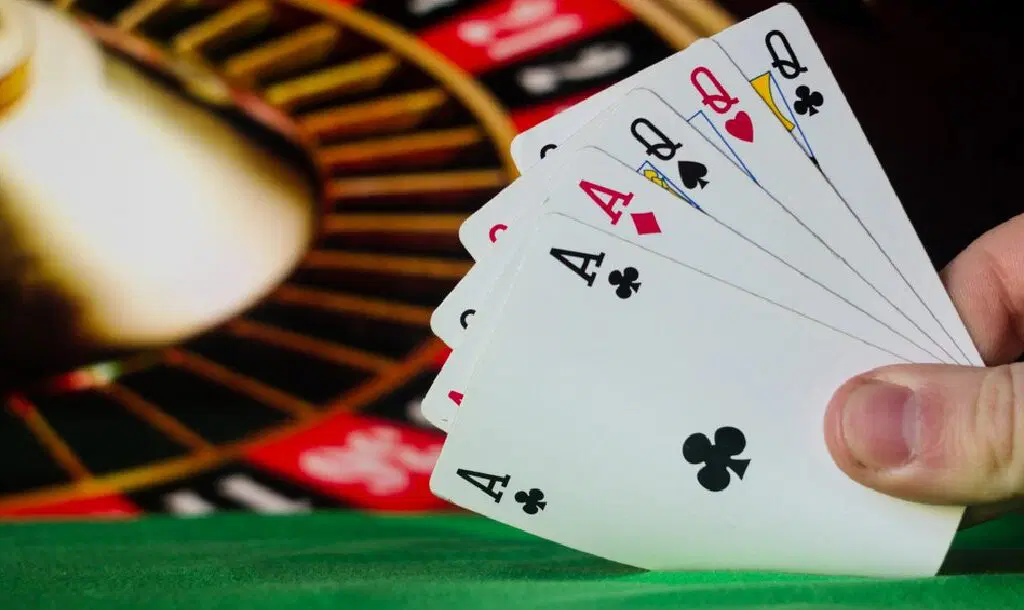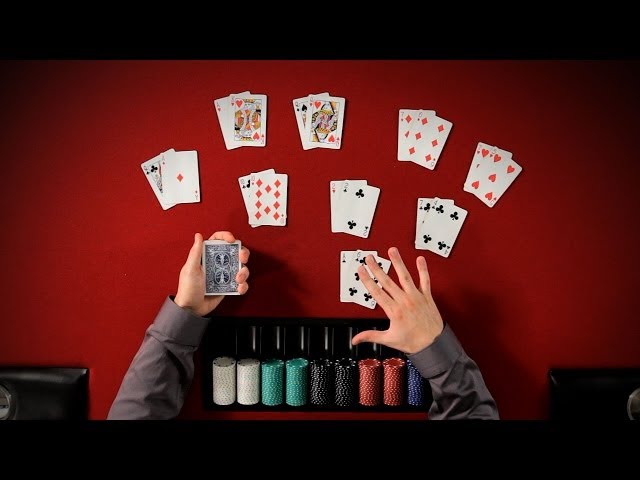

In poker, a Straight is a five-card hand where all the cards are in numerical sequence, but not necessarily of the same suit. For example, a hand like 6♣ 7♦ 8♠ 9♥ 10♣ qualifies as a Straight because the cards are in consecutive order.
Straights are a key hand type in many popular poker variants, including Texas Hold’em, Omaha, and Seven Card Stud. Understanding how they’re formed—and how they compare to other hands—can drastically improve your strategic decision-making.
In traditional poker hand rankings, a Straight is:
Stronger than: Three of a Kind, Two Pair, One Pair, and High Card
Weaker than: Flush, Full House, Four of a Kind, and Straight Flush
Here’s how a Straight fits into the ranking:
| Hand Type | Example | Rank Position |
|---|---|---|
| Royal Flush | 10♠ J♠ Q♠ K♠ A♠ | 1st (Strongest) |
| Straight Flush | 5♣ 6♣ 7♣ 8♣ 9♣ | 2nd |
| Straight | 6♠ 7♦ 8♣ 9♥ 10♠ | 6th |
| Three of a Kind | 7♦ 7♣ 7♠ K♠ Q♦ | 7th |
Straights offer a great balance of power and frequency. They’re significantly more common than hands like Flushes, Full Houses, or Four of a Kind, which makes them an essential weapon in any poker player’s arsenal. While not unbeatable, Straights can win you big pots—especially when you play them cleverly or disguise them well in multi-way hands or against aggressive opponents.
One of the greatest strengths of a Straight is its ability to sneak up on opponents. Because it doesn’t require matching suits or repeated card values, players often overlook the possibility of a Straight forming—particularly on disconnected or rainbow boards.

Identifying Straight draw opportunities is key to both building strong hands and avoiding costly traps. For example:
A flop like 4♥ 5♣ 6♠ presents a high-risk board where multiple players could be chasing an Open-Ended Straight Draw (OESD).
Turned boards like 7♦ 8♣ Q♥ can offer opportunities to semi-bluff if you’re holding 9♠ 10♣, with the potential to improve by the river.
Failing to recognize these spots might cause you to:
Overplay weaker hands like top pair
Underestimate opponents holding Straights or Straight draws
Miss profitable opportunities to bluff or value-bet when you complete your Straight
Flexibility: Straights can be made in many different ways, such as starting with suited connectors (e.g., 8♣ 9♣) or one-gappers (e.g., 6♠ 8♦).
Disguise Potential: Opponents often don’t see them coming, especially on dry or low boards.
Strong Showdown Value: When facing a check or small river bet, a Straight usually performs well at showdown—often beating hands like Two Pair or Sets.

Copyright © 2025 Straight Pokers Info. All rights reserved.